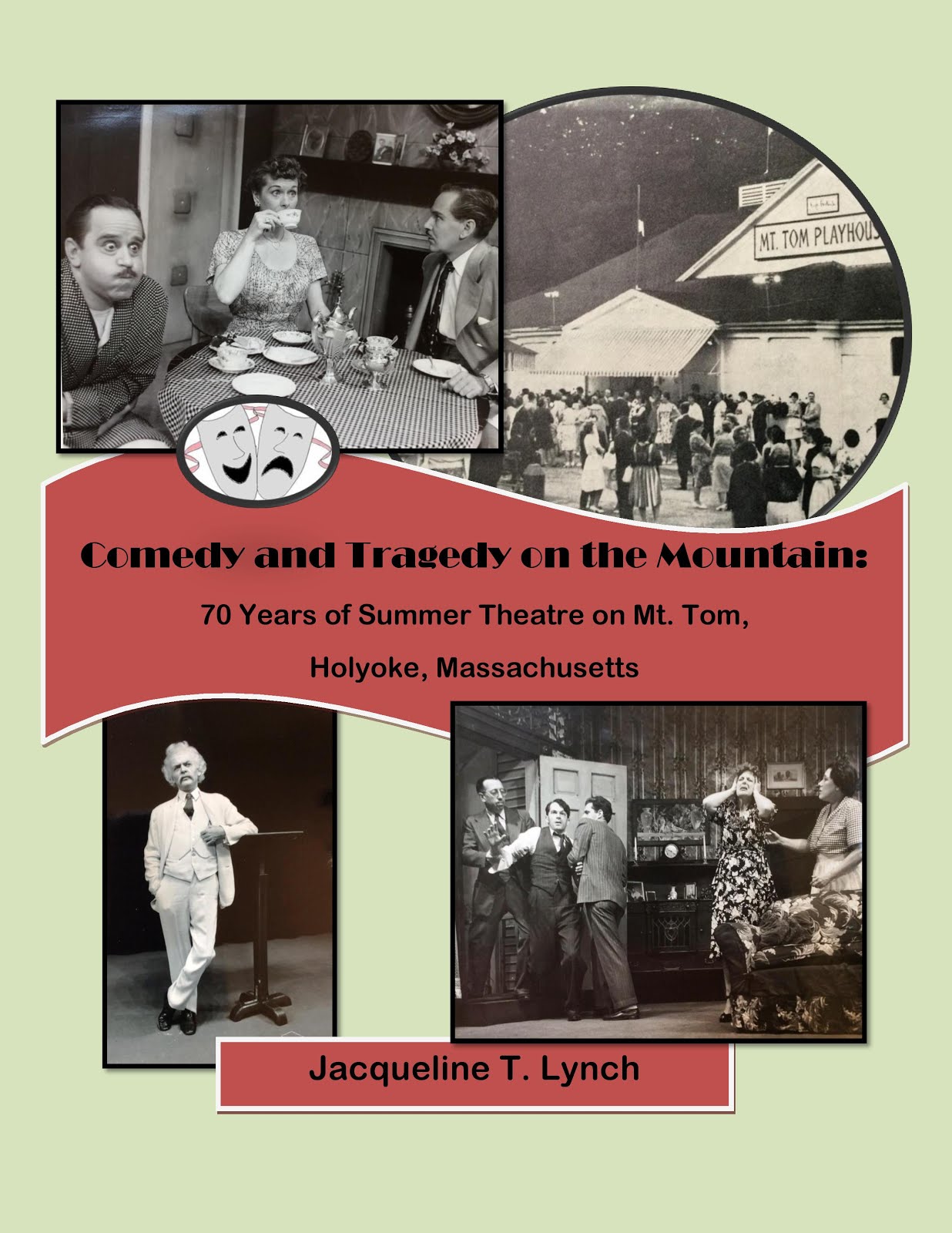Tuesday, November 27, 2012
Henry Clay Work - Middletown, Connecticut
Posted by
Jacqueline T. Lynch
at
7:28 AM
0
comments
![]()
Labels: 19th century, art, Civil War, Connecticut, entertainment
Tuesday, November 20, 2012
States of Mind: New England
This is a collection of essays I posted on my New England Travels blog (and a couple from another blog on theatre: Tragedy and Comedy in New England), which at the time of this publishing has just passed its fifth year. Some of the articles were also previously published in magazines and newspapers.
This book is a small slice of New England Travels, but there are no travelogue posts here, no photos of lighthouses or covered bridges. Perhaps that might do for a future volume. This book is not about New England the place as much as it is about New England the idea, and the ideas that came out of New England, specifically events that happened in the 19th century that shot us into the 20th century.
The photo on the cover is of the Mark Twain statue that stands in front of the library in Hartford, Connecticut where he made his home in later years and wrote his most famous novels. It’s a good image, and a good metaphor for what this book holds for the reader: a titan of American literature, and in the rugged image hewn in bronze, a representation of the artistry and industry of this region. I like how the 19th century figure is flanked by the modern 20th century steel-and-glass Hartford Public Library.
“My subject is the New England mind, as it has found expression in the lives and works of writers,” Van Wyck Brooks wrote in his preface to The Flowering of New England 1815-1865, which like its sequel, New England: Indian Summer 1865-1915, has gone out of fashion as literary criticism, but that did not stop me from enjoying them in younger years. My subject, too, is the New England mind, but though some writers are represented here, such as Louisa May Alcott, they are not given preference over industrialists or inventors, or soldiers. All are presented in the context of greater things going on around them, or greater things yet to be.
Alcott is shown not as the famous author of Little Women, but as a young Civil War nurse. Francis Lowell is shown not just as one of the founders of America’s industrial revolution, but in the context of how that revolution gave women a rise in society and economic and political power. He was the first, after all, to give preference in hiring women over men in his mills, ostensibly so that he could pay them less.
Annie Sullivan and Helen Keller are not presented as Teacher and her severely handicapped pupil, but as a New Englander and a Southerner whose partnership was the first and most successful union between North and South after the Civil War.
Melzar Mosman, largely forgotten as one of the foremost founders of bronze statuary in this country, is shown not just as the foundryman, artist, and sculptor, but as a Union Army private, an experience he would re-live with every bronze statue of a solider standing picket duty that came out of his foundry to find a home on town commons across New England, and of generals across America. Mr. Mosman, incidentally, will be the subject of a future book.
The 19th century chapters seem to illustrate the spawning of ideas and inventions which made history; the 20th century seems to show us reacting to events, like hurricanes, and juggling consequences. In the 19th century, through the Industrial Revolution, we drew upon a new workforce (women), and created a market for manufactured goods. In the early 20th century—we shopped—in grand, family-owned department stores just as paternalistic as the factories of the previous century.
Posted by
Jacqueline T. Lynch
at
10:00 AM
0
comments
![]()
Labels: literature, New England
Tuesday, November 13, 2012
Steiger's Recipe Book -- Reader's Question:
Recently a reader contacted me about an item offered from Steiger's, the family-owned department store that had originated in Springfield, Massachusetts -- see our previous post here.
"I wonder if you know anything about a recipe book put out by Steiger's in the 40's? The title across the top is: "Steiger's Wishes You a Gingeriffic Christmas" and a picture of a gingerbread man below that with the following under the gingerbread man: Wake up! it's Christmas
The book contains recipes for cookies. If you could direct me to where I could find this book on line I would appreciate it."
If anyone has any information about this recipe book so we can help this reader out, please contact me at JacquelineTLynch@gmail.com. Thanks.
Posted by
Jacqueline T. Lynch
at
10:21 AM
0
comments
![]()
Labels: business, Massachusetts
Tuesday, November 6, 2012
Old Covered Bridge - Sheffield, Massachusetts
Of the handful of covered bridges that remain in Massachusetts, the oldest, built in 1832, was burned down by vandals in 1994. Here is its replacement, constructed in 1998 as a reproduction of the original.
This bridge, however, is closed to vehicular traffic. It’s a 91-foot span in the Town Lattice style crossing the lazy Housatonic River in the Berkshire County town of Sheffield.
Posted by
Jacqueline T. Lynch
at
7:34 AM
0
comments
![]()
Labels: 19th century, 20th Century, covered bridges, Massachusetts














